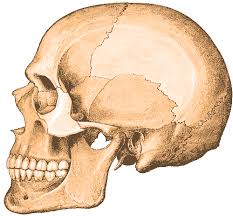
-
The scientific study of the structure of living organisms. This involves identifying, describing, and examining the various parts (organs, tissues, bones, etc.) and how they are organized and relate to one another.
-
The structure of a particular organism or part. For example, you might talk about the "anatomy of the human heart" or the "anatomy of a plant leaf."
The word comes from Greek: ana- meaning "up" or "apart," and -tomē meaning "a cutting." Historically and often still, understanding anatomy involves dissection ("cutting up") to reveal the internal structures.
In a broader, figurative sense, "anatomy" can also refer to:
-
The structure or makeup of anything, especially something complex. For example, you might discuss the "anatomy of a political system" or the "anatomy of a crime," meaning its components and how they function together.
So, in essence, anatomy is about understanding the structure and organization of things, most commonly the physical structure of living beings.
- Teacher: Admin User